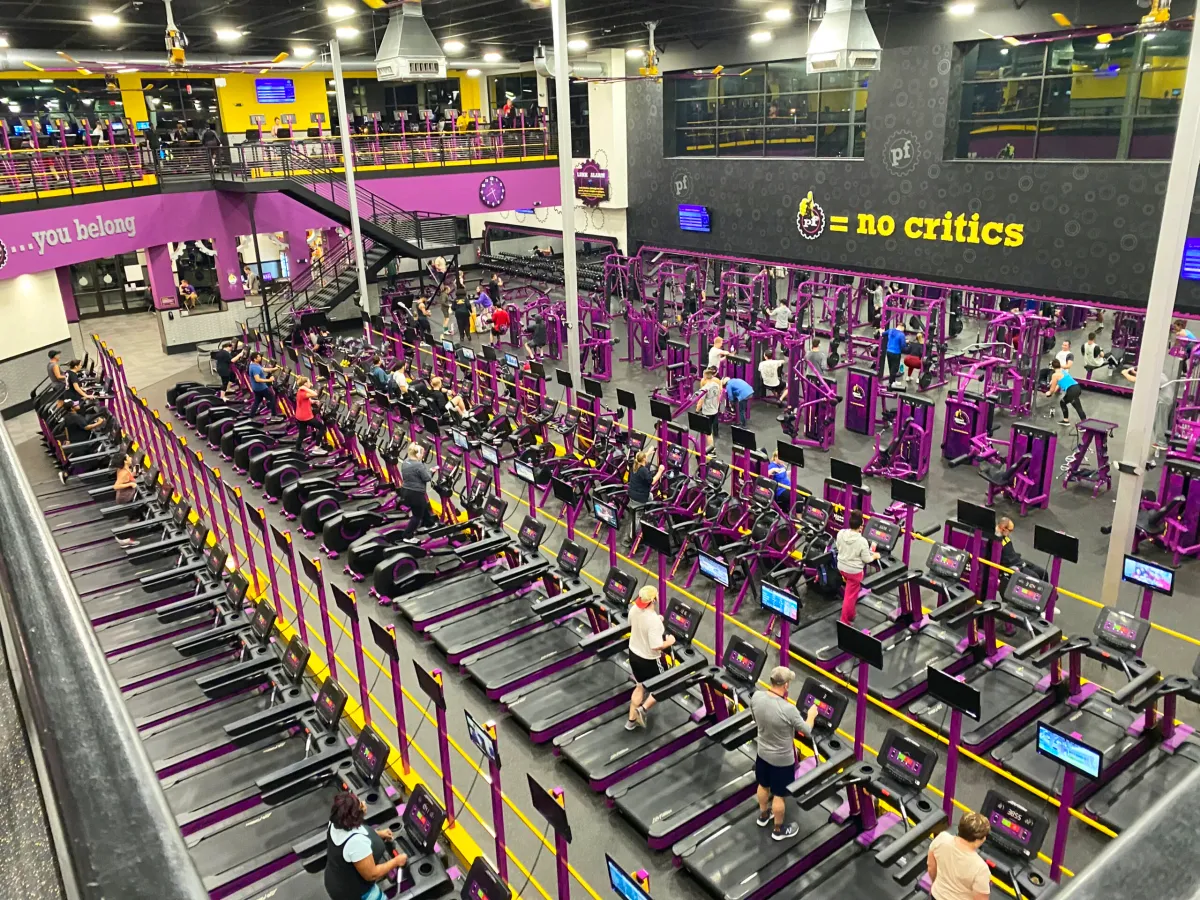How Gyms Make Money By Setting You Up To Fail

As the owner of a robust garage gym I don’t spend a ton of time thinking about gyms and their members. That is, until I heard an absolutely fascinating episode of the Planet Money podcast on NPR now (or subscribe via iTunes). The episode covered the tactics that low-cost gyms use to make a fortune on $10 a month membership fees by setting their members up to fail.
Most businesses strive for repeat customers, gyms like Planet Fitness, however, crave members who signup and never set foot inside their doors again.
Why? Because places like Planet Fitness are not actually designed to accommodate the number of people who enroll as members. For instance, the gym used as an example in this episode of Planet Money had a whopping 6,000 members. Yet the facility itself could only accommodate about 300 people at a time. If all the members who signed up actually went, franchise gyms like Planet Fitness would have to charge far more than $10 a month.
Of the members who signup for gym memberships, about one-half never actually visit the gym once.
So, how does a gym like Planet Fitness attract a clientele that’s interested enough in fitness to open their wallet but not dedicated enough to actually show up?
A big part of the equation is design, gyms are meant to look more like bars than places where people do something hard. Simply put, they are made to look unintimidating. They are designed to make out-of-shape people feel comfortable being there, because the gyms know out-of-shape people are not likely to attend frequently once they sign up. They have mirrors, disco music, funky colors, massage chairs and monthly bagels or pizza.
The actual gym part of the gym, the free weights and weight machines, are hidden away from the main part of the gym, back in a more intimidating space.
Low-cost gyms don’t actually want the hardcore fitness types or bodybuilders in their gyms. Those people actually go to the gym more frequently, they put wear and tear on the equipment, they sweat and they intimidate the intended clientele. Planet Fitness is actually famous for kicking out gym goers who make too much noise.
Psychologically, when it comes to gym memberships, contrary to normal consumer behavior, we actually like the idea of long-term contracts. It give us the illusion of being locked into a commitment of going to the gym. The thinking is, “Well, I’m paying $10 a month, so I HAVE to go.” A great thought, but unfortunately it doesn’t work for most.
Speaking of pizza, I always found it strange that many of these low-cost gyms have pizza night or a bagel breakfast once a month. That seems so obviously self-defeating for a gym and its members. But once again, it’s all part of the design. The average low-cost gym loses about half of its members each year, so in order to entice people who don’t go to the gym to sign up for another year they offer free food every once and awhile. At least members get something out of their membership. Many members will attend only on those days with free food, for $10 a month two slices of pizza is better than nothing.
So how does a person find a good gym? Basically, look for the exact opposite. It won’t look like a nightclub, it will most likely look a bit grungy and the first thing you’ll see when you walk in will be iron. It’ll likely cost a good bit more than $10 a month and will be smaller with a lower number of serious members. Oh and some of them will actually kick you out if you don’t attend often enough.
How much does a good gym run? Some can run as much as $500 a month, and if you’re paying that much, you’re sure as hell gonna make sure you get something out of it.
With the New Year and new resolutions, if you decide to enroll in a low-cost gym, consider the very good possibility that you’re almost certainly not going to attend frequently. Perhaps a better idea would be to start a body weight program at home or better yet build a home gym.





